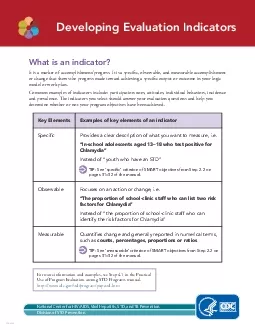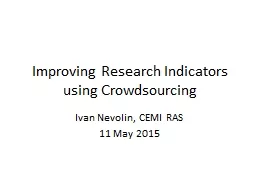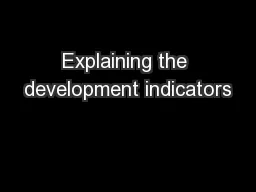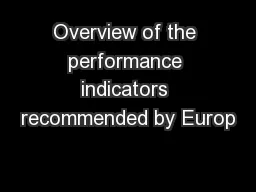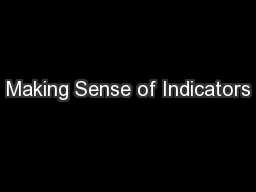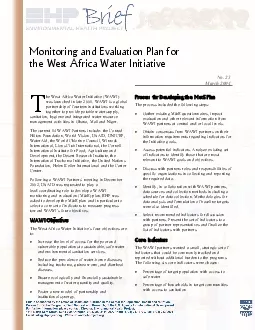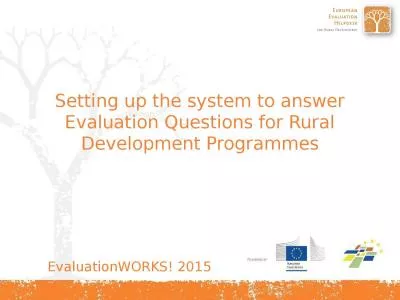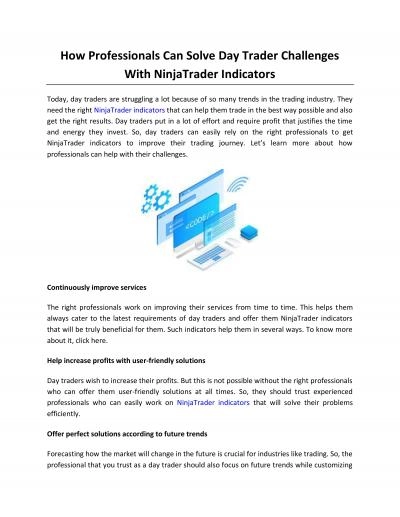PDF-Developing Evaluation Indicators
Author : sophia2 | Published Date : 2021-09-25
What is an indicatorIt is a marker of accomplishmentprogress It is a speci31c observable and measurable accomplishment or change that shows the progress made toward
Presentation Embed Code
Download Presentation
Download Presentation The PPT/PDF document "Developing Evaluation Indicators" is the property of its rightful owner. Permission is granted to download and print the materials on this website for personal, non-commercial use only, and to display it on your personal computer provided you do not modify the materials and that you retain all copyright notices contained in the materials. By downloading content from our website, you accept the terms of this agreement.
Developing Evaluation Indicators: Transcript
Download Rules Of Document
"Developing Evaluation Indicators"The content belongs to its owner. You may download and print it for personal use, without modification, and keep all copyright notices. By downloading, you agree to these terms.
Related Documents

